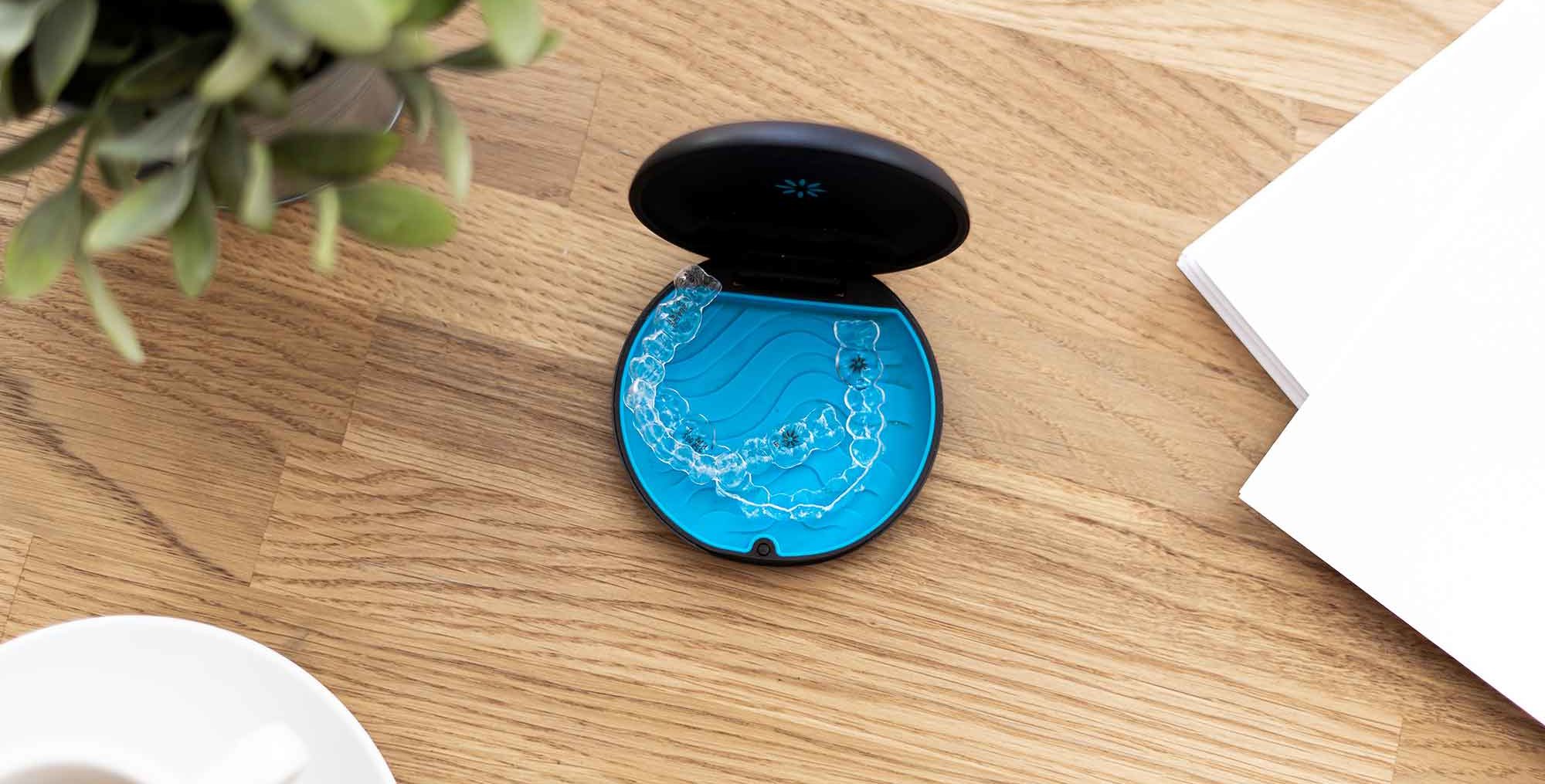Follow Dentistry.co.uk on Instagram to keep up with all the latest dental news and trends.
 With much of dentistry limited due to COVID-19, Arnold Gangaidzo explains why demand for Invisalign treatment is flying.
With much of dentistry limited due to COVID-19, Arnold Gangaidzo explains why demand for Invisalign treatment is flying.
On 23 March 2020, Boris Johnson addressed the nation and informed us all of the invisible killer, COVID-19. Routine dentistry came to a halt, reducing access to dental services.
However, during the lockdown there has been an unexpected rise in demand for the invisible brace.
In this article I will consider the five lessons learnt from using aligners.
Can Invisalign treatment continue during lockdown?
The national lockdown was a stress-test for clear aligner therapy, which Invisalign passed with flying colours.
Could clear aligners prove viable with constraints placed on face-to-face appointments?
Considering the circumstances, my patients were satisfied with the remote monitoring and communication. With many happy to receive their next aligners remotely.
Shipping aligners directly to patients can raise alarm bells. This is understandable due to the rise of direct-to-consumer companies and the inherent harm that may come to patients.
The crucial difference is that I closely monitor patients every step of the way. Most patients utilised a smartphone or laptop, keeping their dentist informed of their progress.
For aligners that need checking, we can ‘pause’ treatment on their current aligner. Then we can organise inter-proximal reduction or attachments when clinical appointments allow.
This level of control is crucial, with patients confident their care is at the fore.
Now restrictions have been lifted, I’ve had the opportunity to review patients face to face. It’s been a delight to see the progression and in some cases, conclusion of their orthodontic treatment. This gives me confidence in continuing with Invisalign during any future lockdown.
Can patients start Invisalign treatment with limited surgery time?
Many practices will face a backlog of treatments with the added pressures of fallow time.
Fortunately for dentistry, video calls have quickly become a regular part of our professional lives.
Through this platform we have the opportunity to connect with patients from the convenience of their homes. Even setting up video calls outside usual working hours. Patients now have more say than ever, choosing times that suit them.
Virtual consultations also provide the opportunity to triage, improving efficiency of our limited surgery time.
During one recent consultation, I spoke with a patient and mother interested in discussing Invisalign. It was easy to build a familiar rapport, answering questions and concerns about treatment. The patient also had a clear idea on what we would do in surgery before she attended for treatment.
As a result, we maximise clinical time. This streamlined, virtual consultation process avoids busy waiting rooms. It gives clinicians the opportunity to triage the suitability of treatment for patients before they enter the practice. This ensures practices limit visits to treatment only.
Can Invisalign treatment avoid aerosol generating procedures (AGP)?
Dental turbines create an AGP and there is the potential that an aerosol could contain a viral load.
The British Orthodontic Society states that aspects of aligner therapy are non-AGP.
An impression, or better yet, an intraoral scan could be carried out without generating an aerosol. Also, the placement and removal of attachments are non-AGP.
Orthodontic treatment is generally low risk in regard to the production of aerosols. This is re-enforced by the standard operating procedure document, stating that orthodontic treatment is non-AGP.
Can you easily obtain valid consent?
The third principle in the GDC Standards states that patients can expect to be asked for their informed consent before treatment begins. These discussions with patients are key in ensuring that consent is valid. We all know a signature on a form is not enough!
We can record virtual consultations with permission from the patient.
Then we can use the consultation to discuss the treatment at length. We can also explore the options of fixed braces or aligners with the benefits and risks explained.
An invaluable tool for informed consent is using screen share. This gives me the opportunity to demonstrate examples of cases, describing the process of Invisalign treatment.
I also regularly use the Invisalign outcome simulator (Clincheck) when consenting. The patient can view their Clincheck, discussing with family and friends before committing to treatment.
Clincheck also gives us a finish point that we both agree to. This is particularly useful when proving that alignment is complete.
Can Invisalign work for your practice?
My patients are never keen on attending for root canal or an extraction. Invisalign patients arrive in excitement.
Working as an associate I see the transformative effect Invisalign can have on a dental practice.
Patients might delay orthodontic treatment because they thought fixed braces was their only option. Patients might rule out Invisalign because they perceive themselves as too old. And they might think their case is too severe.
Offering Invisalign is a practice builder at a time where patients still have an appetite to invest in their smiles.
As a millennial, I can resonate with millennials who seek experience. The experience of undergoing orthodontic treatment with a dentist they have direct access to. The experience of their Invisalign journey, which they can share with their friends. The Invisalign system is an example of an innovative technology improving the patient-dentist relationship.
Dentistry is returning in this new COVID world. Many of our treatments have been hampered and reduced by the restrictions imposed.
However, in this time of challenge for dentistry, it is safe to say that Invisalign is proving COVID-proof.


